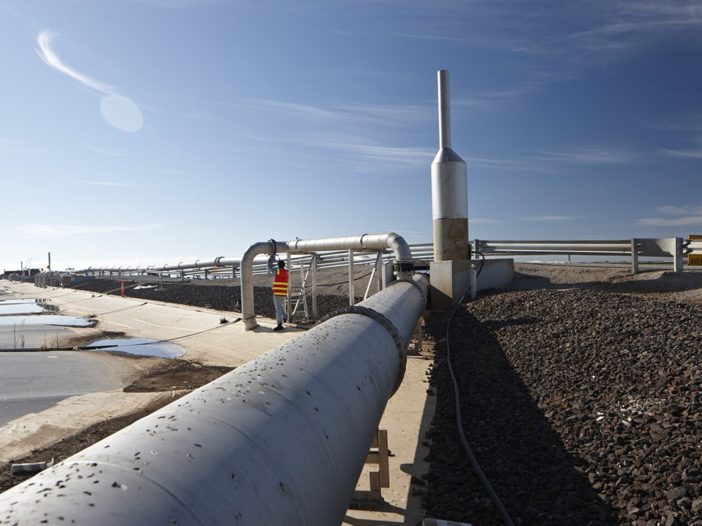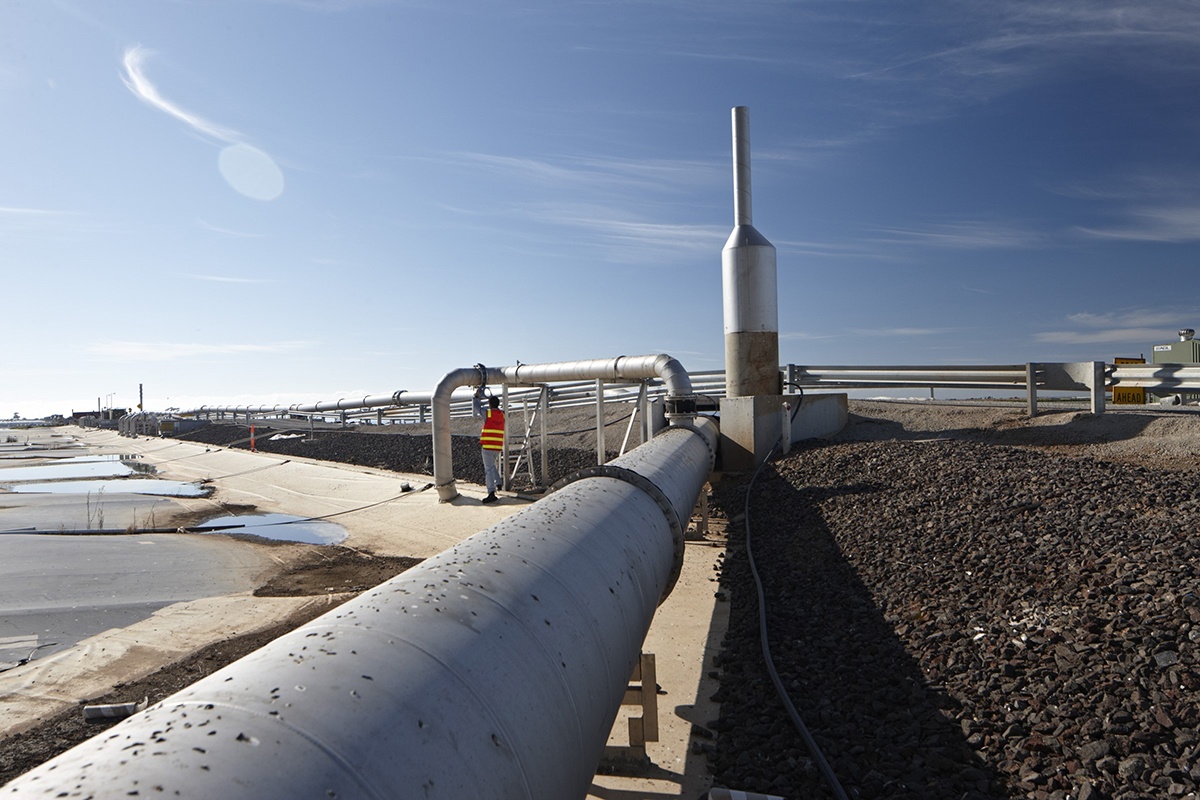

State-owned utility Melbourne Water has announced plans to build two major “behind the meter” solar arrays to power two water treatment plants, as part of broader plans to reach net zero emissions by 2030.
In a tender launched late last month, Melbourne Water called for expressions of interest to design, build, operate and maintain solar facilities at the Eastern Treatment Plant (ETP) in Carrum Downs and the Winneke Water Treatment Plant near Christmas Hills in the Yarra Valley.
The tender said the solar systems would need to have a capacity greater than 30 gigawatt-hours a year in the case of the ETP facility in Melbourne’s south-east, and for the Winneke plant a capacity of at least 12GWh a year.
Systems could use fixed or single axis tracking or a combination of both, and the successful applicant would need to establish an operations and maintenance arrangement with Melbourne Water.
The major solar move by Melbourne Water – which controls much of the water network in the Victorian capital, including the reservoirs, and the sewerage and drainage system that services the city – is just the latest in the sector, which is notoriously energy intensive.
South Australia’s SA Water has been going through its own tender process, in July narrowing down to four a list of potential partners in a roll-out of 159MW of distributed solar generation across its operations.
The successful applicants will work with SA Water to deploy rooftop and ground-based solar arrays at 93 of its sites across the state with the integration of around 34MWh of storage would follow.
In the south-west of Victoria, Wannon Water is in the process of building an 800kW wind turbine in Portland that, once commissioned, will achieve zero-net emissions from on-site local renewable power generation for both its water and sewage treatment systems.
Wannon also has plans to install 250kW of solar PV at its Warrnambool water treatment plant later this year reducing grid demand by 40 per cent, adding to the already installed 100kW of solar PV at the Hamilton water treatment plant and 100kW at the Warrnambool office.
And in the heart of Sydney, a cutting edge University of Wollongong-based project to test a comparable, low-cost alternative to lithium-ion battery storage – sodium-ion battery packs – got underway last week at Sydney Water’s Bondi sewage pumping station.
The $10.6 million Smart Sodium Storage System (S4) Project will examine how sodium-ion batteries can be used to store renewable energy and increase system resilience through self-generation, storage and consumption of energy on site.
Melbourne Water, meanwhile, is also taking part in an ARENA-backed project to transform biosolids from sewage into renewable crude oil.
As part of the $11.8 million project, Southern Oil will use stockpiled biosolids at Melbourne Water’s wastewater treatment facility at Werribee, Victoria.
The solar tender for Melbourne Water closes on November 27 at 2pm, and the utility hopes to have awarded the contracts for the two jobs by early May 2019.

Sophie is editor of One Step Off The Grid and deputy editor of its sister site, Renew Economy. Sophie has been writing about clean energy for more than a decade.



